Re-pot your plants successfully and see them thrive without any damage by following these 16 useful Tips to Minimize Transplanting Shock.
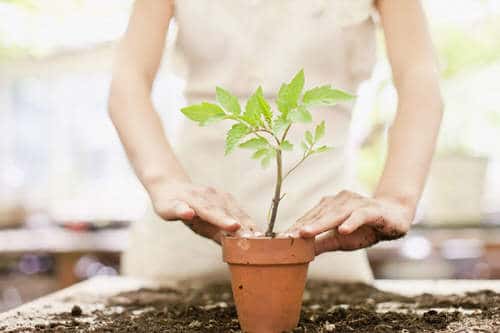
Are you planning to re-pot your plants? Before you do so, follow these Tips to Minimize the Transplanting Shock.
Learn some brilliant gardening hacks here
What is a Transplanting Shock?
When plants are shifted from one place to another, this abrupt relocation gives them a jolt, termed transplant shock. Plants are meant to remain in one spot and establish their roots in the process, but when you relocate them, it shocks their roots, which can cause distress, stunted growth, or even death.
Follow these clever things when plants are young
Tips & Tricks to Minimize Transplanting Shock
1. The Condition Should be Similar
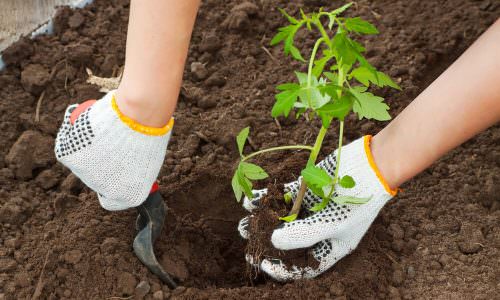
When plants are moved from their old spot to a new location, they go through stress and ‘discomfort.’ To minimize it, keep an eye on the new location, soil drainage, amount of sunlight, and watering. The condition should remain similar until your plant doesn’t establish itself.
Also, follow the correct manner of planting, move the soil gently, and plant as deep as it was planted previously. While some plants don’t like to be rooted deep, eggplants and tomatoes do better when planted deeply.
Learn some top tips to get more variegation on plants here
2. Buy Healthy Transplants

If you are buying a new plant, pick the healthy ones. Refrain from plants that look exhausted, damaged, or showing signs like yellow foliage, pest problems, diseases, and infections.
3. Take Care of the Roots

When transplanting, it is important to not damage the taproot (the central and dominant one) as it plays a crucial role in the plant’s overall growth and health.
Also, the more roots the plant has, the better it will be, so try to collect as many roots as possible. Ensure that you take care not to damage or cut the roots while transplanting.
4. Water the Soil Before Transplanting
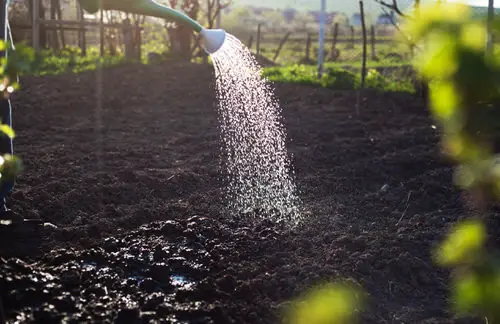
Before you plan to start the transplanting process, water the plant thoroughly some hours before that, as it will hydrate the plant well.
Usually, the plants tend to close their stoma while being shifted, and it would help them to have a storage of water, so they do not get stressed anymore for some time. Additionally, the water would also make up for less friction against the roots and cause less damage.
5. Use Epsom Salt
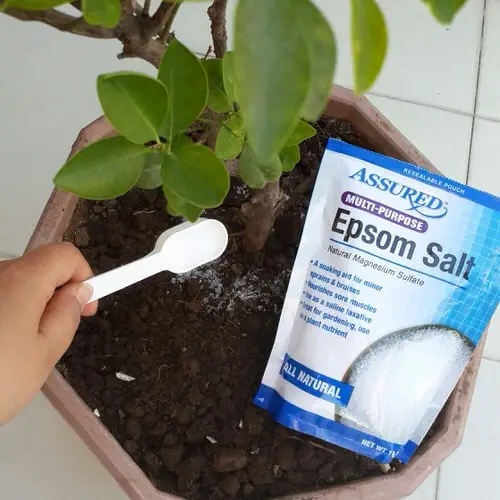
Epsom salt can help the roots to overcome transplant shock. If you use Epsom salt in the right way, the stress could be reduced as it contains magnesium, and sulfate that aids plants to grow well.
Mix 1 tablespoon of Epsom salt in the fresh growing medium at the time of re-potting. You can also mix 1-2 teaspoons of Epsom salt in a gallon of water and use it to water newly transplanted plants.
It is recommended to use 1-2 cups of Epsom salt per 100-200 square feet.
Read about the 20 Epsom salt uses in the garden here.
6. Keep the Rootball Intact

While transplanting, the roots usually get disturbed a bit. Focus on reducing the impact as much as possible by carefully taking the entire root ball out of the old pot. If you think it is not easy, break the old pot to avoid the damage.
Keep the root ball evenly moist as the plant may die if it becomes dry.
7. Remove Dead Parts
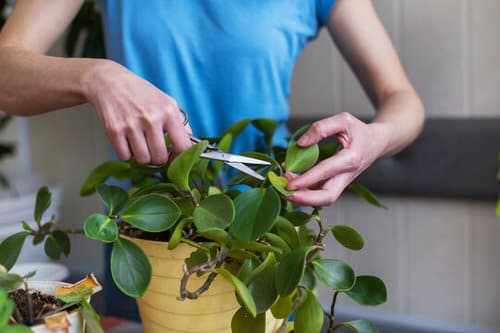
While transplanting a plant, ensure to pick all the dead parts that show signs of decay, like stems, leaves, or branches. This will cut down the chances of transplant shock by a huge margin.
8. Do Not Transplant in Direct Sunlight
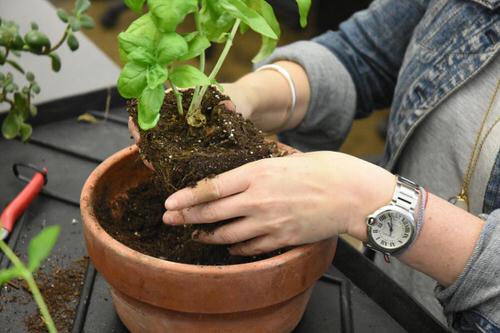
Avoid transplanting in direct sunlight as it can increase stress, killing the plant. The best time to re-pot the plant is early morning or late evening. You can watch out for a weather update and pick one of the more suitable days for a transplant such as a cloudy forecast.
Keeping the newly transplanted plant away from full sunlight for 3-5 days is also essential.
It is important to remember that the roots can quickly get damaged by heat and light, so do not leave the roots exposed to the open air and harsh sunlight.
Note: On a sunny day, put up some shade for the plant that covers up the new spot and the seedling from any damage.
9. Take Care of Watering
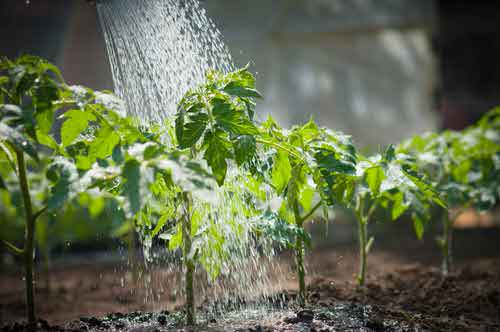
After transplanting, hydrate the plants with plenty of water immediately. It is a crucial step that enhances the defense system of the plants against any transplant shock.
Note: On the other hand, do not water succulents for 2-3 days after transplanting.
10. Know Right Season for Your Plant
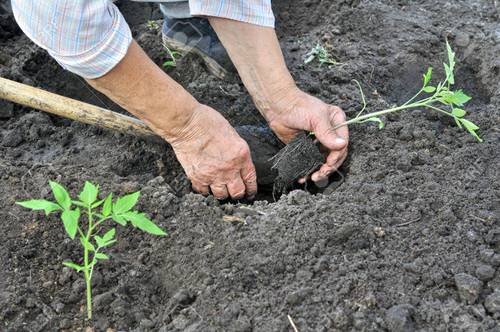
Most gardening experts suggest that (as the ground doesn’t freeze before December and January, giving the plant enough time to establish) spring and early summer is the safest time for the transplant technique to work the best. If you are living in a hot climate then, it is best advised to never try to transplant any plant during summer.
Make sure you have the right knowledge about the plant you intend to shift and be prepared to save the plant from dying.
Note: If the climate in your area is mild then you can transplant even in summer.
11. Use Root Boosters
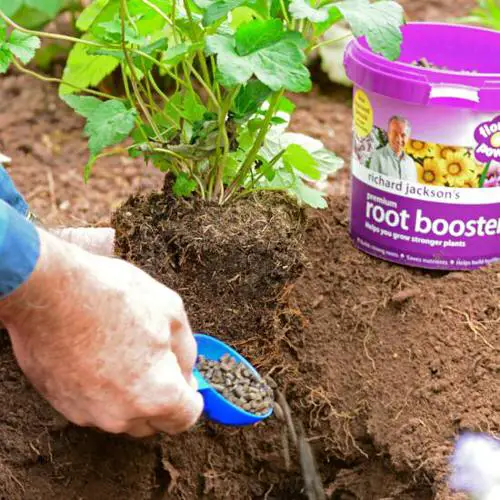
It is also a great idea to feed the plant with a root booster fertilizer like blood meal, bone meal, or a mycorrhizal stimulant to minimize the transplant shock. It also encourages the plant to develop its roots better.
Learn how to increase soil bacteria in the garden here.
12. Prune Some of the Growth

It is advantageous to prune out some of the top and unwanted growth of a newly transplanted plant. This helps to reduce the demands of transferring nutrients on the root system that may have been compromised in the early days.
Once established, you can prune slightly on the top or pinch the plant to boost its growth. It is advisable to remove only about 1/3 of the branch tips or foliage of the plant.
13. Remove All Buds and Flowers Before Transplanting
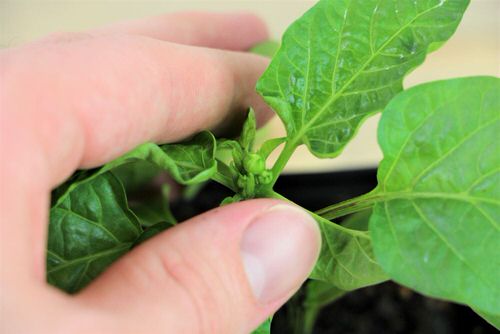
If you leave the buds, flowers, or fruits on the plant, it will take more time to establish to a new place and it will not result in healthy produce due to the root system, which has not yet been adapted or developed.
So, it will be better to cut off any buds, developing flowers or fruits from the plant to avoid transplant shock.
14. Use Biodegradable Pots
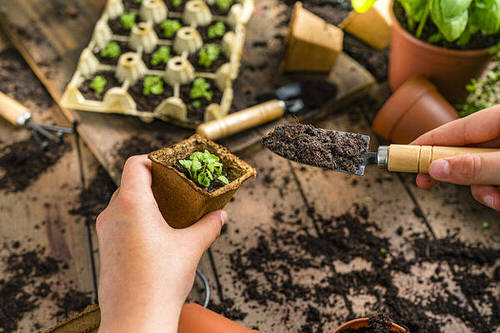
Plants with long taproots like squash, watermelon, and dill do not like to be transplanted. In such a case, sow the seeds in biodegradable pots such as newspaper, egg cartons, or shells and move the entire seedling to a garden bed or new container.
Read more DIY newspaper pots to avoid transplanting shock here
15. Use Stakes to Reduce Damage
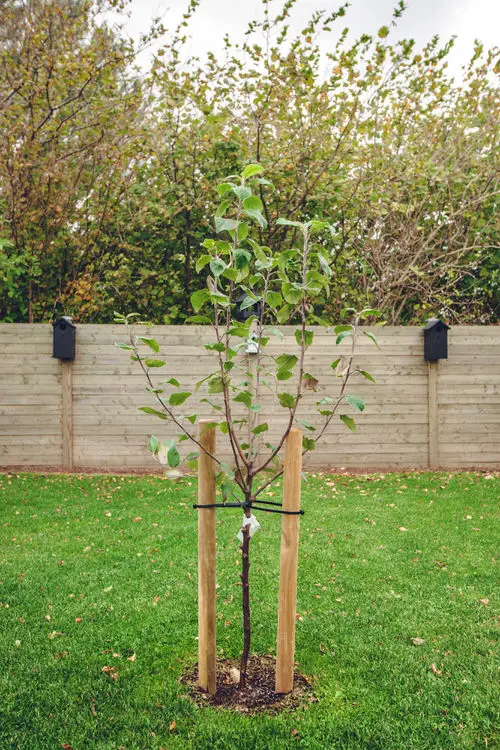
Top-heavy plants can face trouble because of the jerk of the wind. So, it will be best to provide them support by installing stakes. This will save them from tearing away new roots.
Provide support to the plants by installing two stakes and keeping the plant secure for 1-2 years. After a couple of years, remove the stakes or the plant may develop a weaker trunk as winds can also help strengthen a plant’s trunk.
16. Watch the Plants Carefully
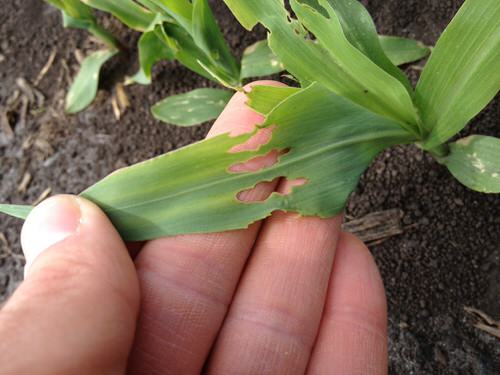
Mostly, transplanted plants become weak and get attacked by insects and pests. Observe your plants and be prepared to take care of your plants in the right way to avoid any transplant shock.
Learn the best tips to transport large houseplants here


